
Perhaps I’m a bit late to this realization, but anime has become mainstream. Over the last few years, I’ve noticed how common anime has become. From Walmart to Hot Topic, from Netflix to libraries, anime has become a part of American mainstream culture.
Of course, anime’s been working on becoming mainstream since the 1990s with Pokemon and Studio Ghibli releases. After all, many people don’t consider Pokemon to be anime. It’s a childhood cartoon. During the early decades of anime in the West, anime was hard to get and a niche for the extreme geeks–those who spoke Klingon and elvish. Over time, as directors of films and other movie makers (such as Steven Spielberg) admitted the influence anime has had on them, people began to pay attention. Now, we have simulcasts, streaming services like Crunchyroll, and services like Netflix underwriting anime.
Hot Topic stores market to seemingly niche audiences. Ironically, these niches–goths, anime fans, punks, and so on–are quite common. True niches have limited markets and smaller outlets. Anime back in the old days had limited VHS releases and no stores that allocated valuable floor space to it. Now, you see anime in FYE and even Walmart. I’ve seen anime DVDs and series collections sitting on Walmart’s racks right next to new Hollywood film releases. There can be no other mark of mainstream than that. I found Your Name when it released on the new DVD endcap, some of the most valuable retail space available. That’s mainstream.
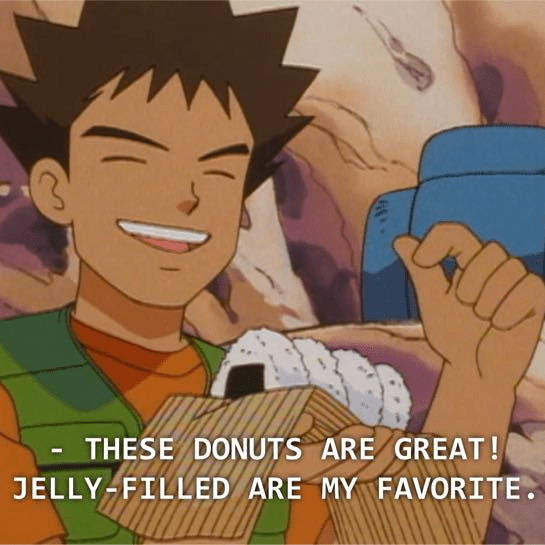
Working as a rural librarian, people of all ages have asked after anime. I’ve seen a grandfather who wants to show his grandchildren Dragonball Z and a father who wants to watch Akame ga Kill with his children. Middle-age adults visit the library, hunting for manga to read. Otaku culture itself is mainstream too. If you go back to Hot Topic, you can see T-shirts and merchandise that cater to otaku and casual anime fans. I’ve seen coffee mugs, towels, and other anime merchandise at Walmart and other chain stores. While you can argue this is all anecdotal, I live an area that lags behind the trends by several months to several years. Kindle Fires didn’t become big here until about a year or two ago. Blu-ray is only now starting to take hold. So if I’m seeing anime becoming common around here, you’ve more likely noticed the trend quite some time ago.
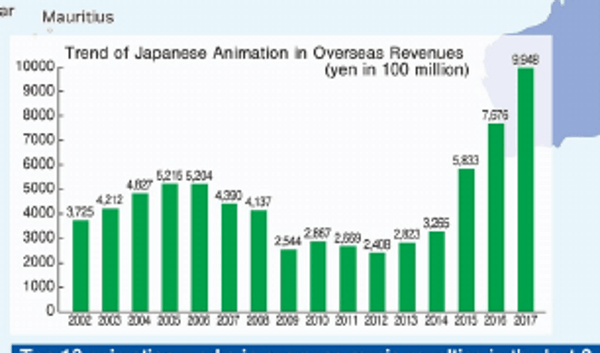
The chart supports my anecdotes. Anime’s worldwide popularity also reflects a generational change. Parents who grew up with anime introduce it to their children. The large jump in revenue across 2015-2017 certainly has some of this. After all, many teenagers in 2005 will be parents in 2015. I’m speculating based on my observations. However, it stands to reason that anime-loving parents will share that love with their children. And this will have at least some influence on anime revenue.
But what does it mean for anime to become mainstream in American culture?
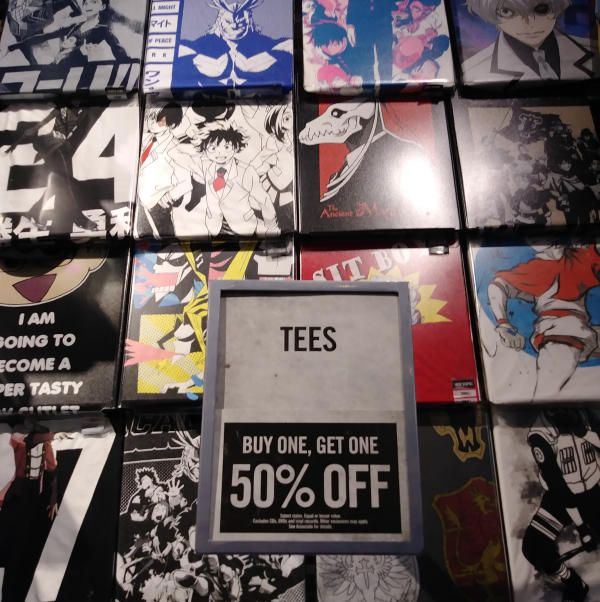
There’s money to be made. However, the studios will attempt to cater more to American and Western markets’ tastes. We may see more Western elements, like Attack on Titan’s German themes. We may also see less Japanese folklore and mannerisms as studios target American and European markets. I’m curious if anime may become more homogeneous as studios attempt to embrace the West.
Mainstream status could mean the end of some of the tropes of anime, particularly fan-service. At least, outside of stories aimed at the hardcore anime fans. If you look at Attack on Titan, it plays it straight as anime tropes go. You don’t see a lot of fan-service or comedic character deformations. It’s possible that anime may drop some of it’s more extreme visual vocabulary conventions as it reaches to Western audiences.
I suspect this reach will prove beneficial for anime as a whole. While the visual vocabulary lends anime its charm, anime has become static because of that language. Only a few stories, such as Kill la Kill, have tried to build its own visual language instead of simply using what’s established. Moving away from the established language could bring new ideas to the medium.
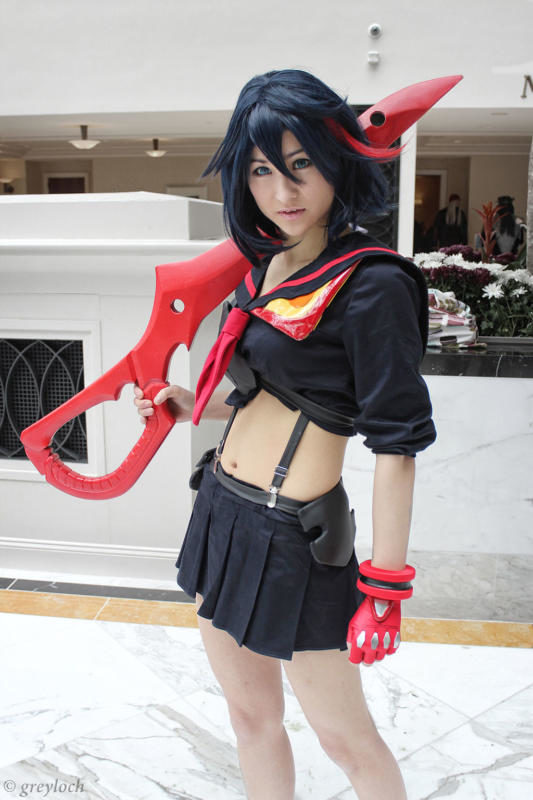
Otaku culture will be changed by anime becoming mainstream. Part of identity comes from the feeling of being different, selected. In order to retain this feeling, some otaku will have to carve a niche for themselves within the mainstream. That could mean the old dub versus sub war could rage again. Only the “true” fans will watch subs. Titles can also become a source of identity. Obscure, Japan-only anime releases can serve as another gauge of true fandom. Of course, true fans simply enjoy the medium and being a fan. They don’t have to prove it to anyone, but identity motivates people.
As that sense of identity, of being different, becomes threatened, people will either abandon the fandom or retreat into the more obscure corners. Sadly, retreating often involves disparaging others for liking something mainstream. We see that with fans of Sword Art Online. Certainly, the story has its problems, but SAO speaks to people despite (or because of) those problems. It’s immature to attack people because they enjoy something. It creates artificial lines, an artificial sense of identity, for both groups. Mainstream status does this more than niche status. Look at how rivalries spark among football (both American and true football–otherwise called soccer) fans. Both sports are mainstream, but some people have to carve a separate hardcore identity. Otaku culture will see–and already has seen–this happen.
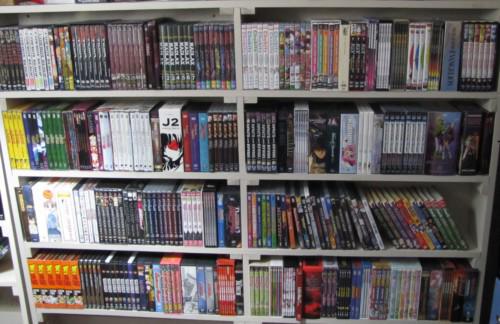
Most bookstores I visit have more manga than American comic books, so there’s no denying manga is mainstream. That’s a lot of retail space to allocate for something niche. So either the companies are silly and giving up profit, or manga is mainstream. I’m glad anime and manga have hit the mainstream. And not just because I enjoy anime and studying otaku culture. I’m glad because they provide another outlet for storytelling that can appeal to people where novels cannot. Stories form who we are, and it’s critical for everyone to have access to stories. Manga and anime provide a different outlook (at least for now) that you can’t find in Western media. Reading manga helps you develop multimodal thinking, and reading helps you develop cultural sensitivity and empathy.
While many in the otaku community may feel threatened by the mainstream status of anime, most of us should be pleased. We have easier access to our favorite medium and wider access to stories. More people can join us in discussion now too. What’s more, prices fall as economies of scale kick in. Otaku culture benefits from new people joining the discussion.
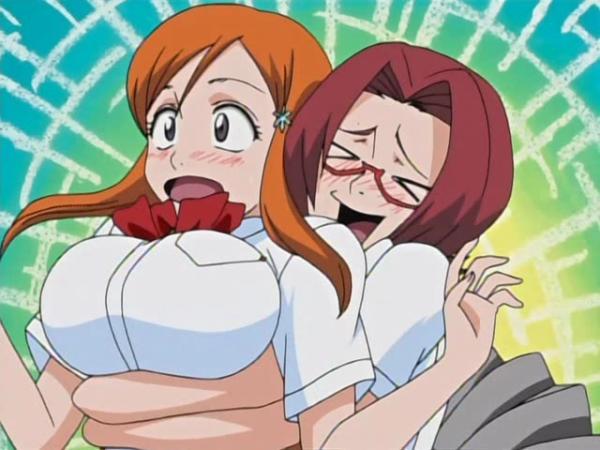
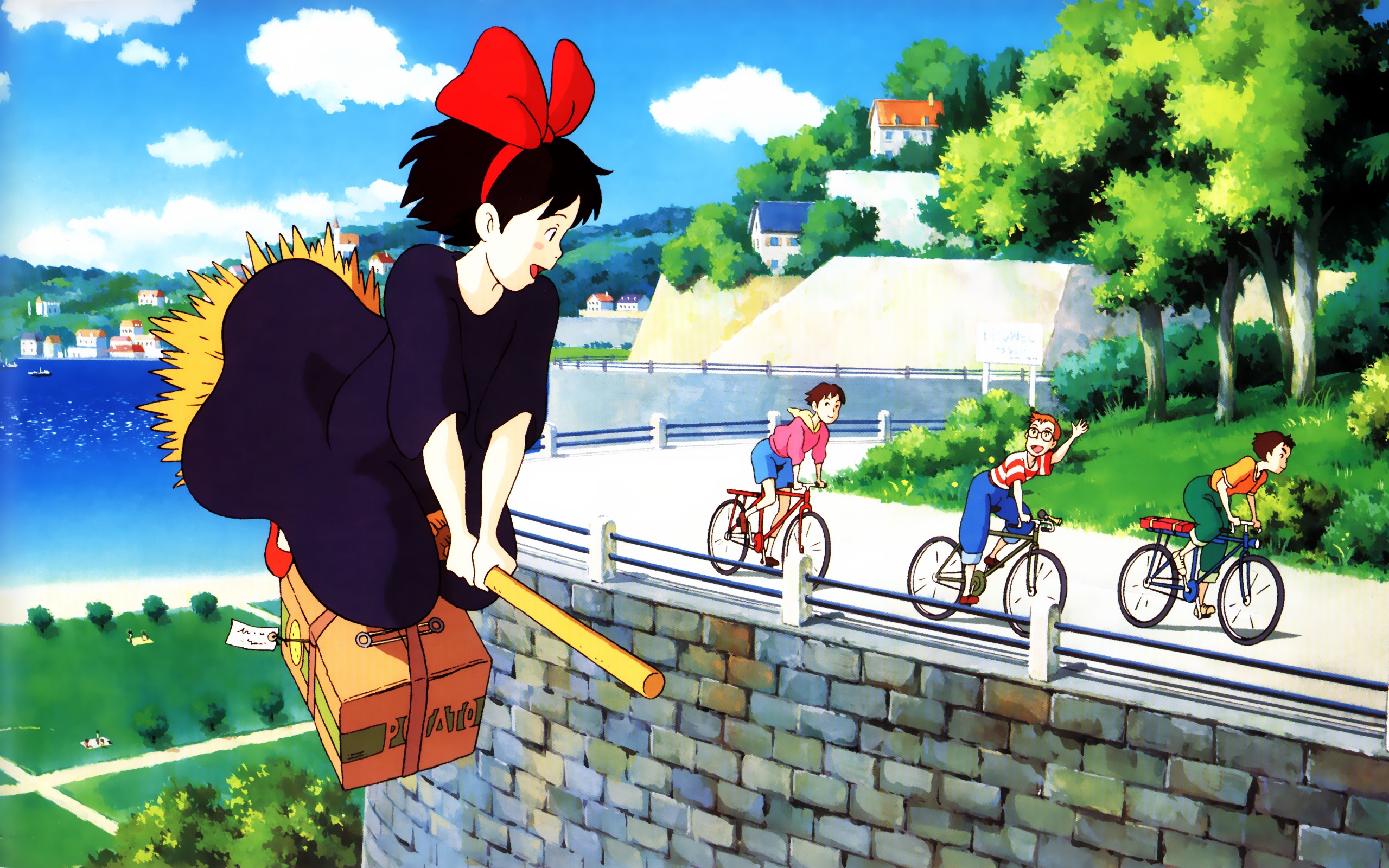
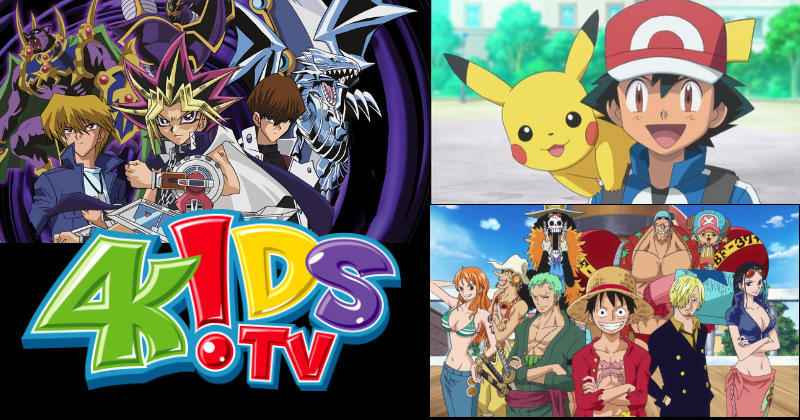
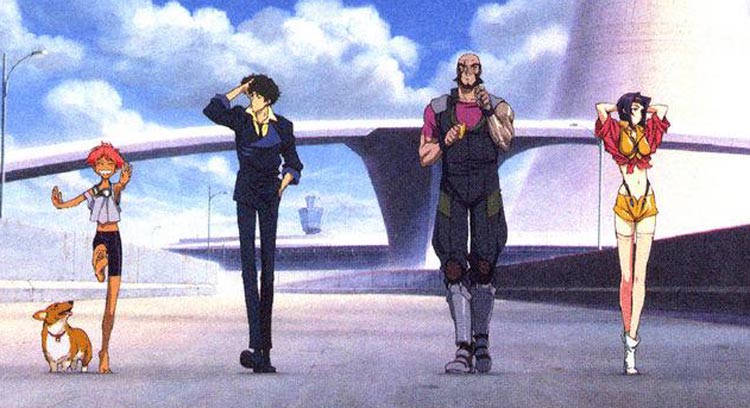
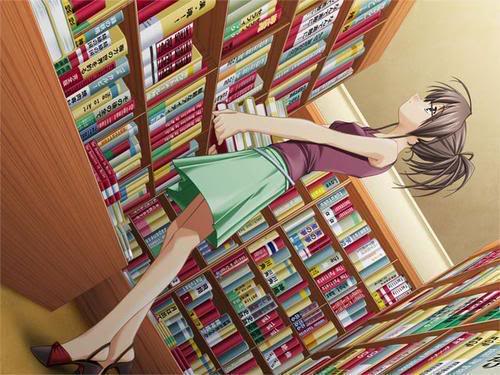
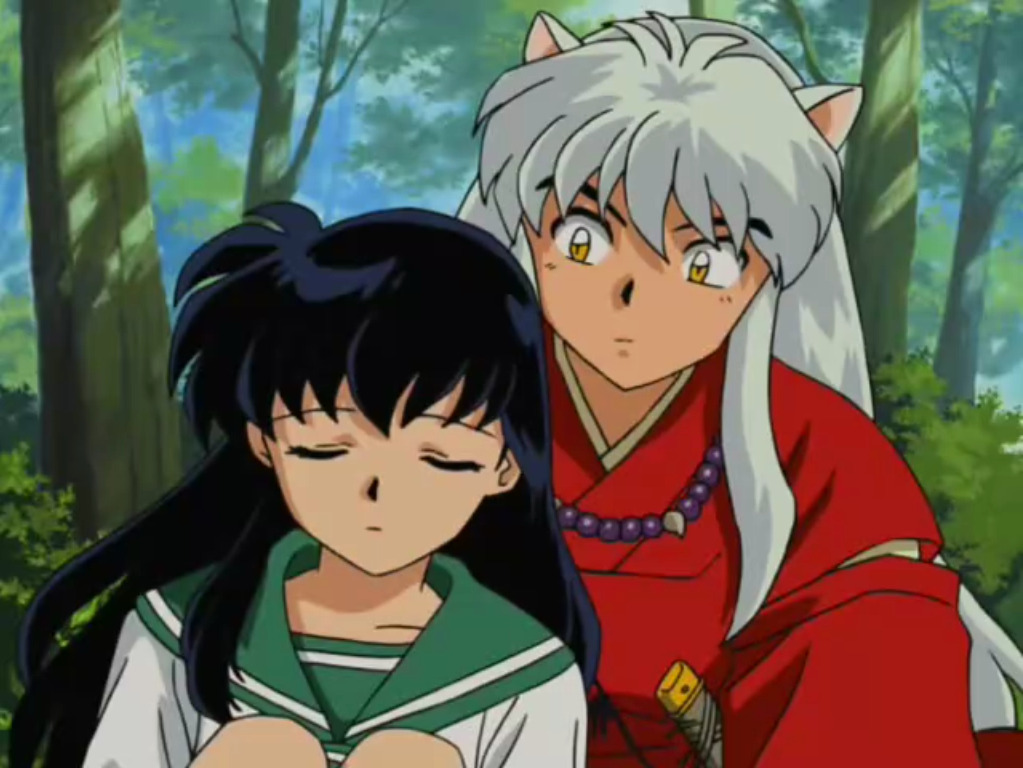
lol, all this talk about how anime and we selfish interjections of western sensibilities already. “No more fanservice! OUR sense of comedy!”
The problem is that no one is wanting to make their own stuff outside of Japan. And even if someone gets the drive, they lose the dream and their steam soon as they encounter even the slightest instance of difficulty and discouragement along the way. I’ve seen this happen among young western high school kids for years. It also doesn’t help that the “most elite of western anime fandom” are fart huffing neckbeards who wish to “raise the bar of anime to Hollywood’s standards”. And I got to say, what a load.
Everything in the entertainment world, east, west, all around, is a total mess. This also doesn’t help that everyone wants to play it safe and stick their heads in the ground like ostriches as well. For all of the shittalk on otaku and NEETs, the worst of western anime fans are just as bad for wanting everything to “feel good like Ghibli all day everyday” because god forbid, you have to experience being human and having hardship if you want anything worth it in this life. Coddled, materialistic, and myopic dunces.
Anime’s rep has only come because it covered all of the ground of emotional and evocative responses as a form of entertainment. Beauty, joy, drama, rage, pathos, shock, horror, outrage…… I loved how back in the 90s, prudes and fatheaded closedminded pushovers got so angry that animation and comics of all things, wasn’t babysitting their kids, and instead dared to try and be like live action shows and movies. Anime proved its worth when it blossomed to be like any other artistic and entertaining form of art and media in the world, to encompass all fields of the human experience. It’s almost as if it freakin’ makes sense and appeals to common sense and natural human agency. How dare that Japanese cartoons be not like our constantly censored whipping boy of entertainment to fundamentalist Christian holy roller zealotry. To me, that was rebellion. It was as powerful as slavery being banned from America since the Civil War and racist segregation being ended by the Civil Rights Movements of the 1960s, and even the world roaring in unison after the death of George Floyd.
Oh, we can split hairs all day that “duhh anime isn’t perfect”. But that’s bad faith when I can sense it. As far as I’m concerned, Japan can do anything it wants because news flash everyone: we live in a free world and free market economy part of the world, and whiny losers can post on the internet all they want, but they can’t influence shit other than being spectator nobodies. Whiners exist like weeds in the world right now. This world only belongs to those who take action, and not posting up on blogs and trying to pussyfoot pulling strings with distribution companies and news sources. American comics have a lot of decimated ground, like what still remains from the Comics Crash of 1996, and to realize its own faults of writing and ideological conflicts with superheroes that caused the Crash in the first place. I don’t care how much money Marvel and DC makes. A fool and their money are soon parted.
I like that anime is mainstream. Because when anime makes waves, it fuckin’ makes waves. Prepare to get wet.
Anime is great because of its diversity of stories and experimentation. It’s common tropes are a turn off for many, however. While its fine to have these tropes, they also limit the diversity of stories. Fan service, for example, ought to still be around, but it also shouldn’t be as wide-spread. Some of the best rom-coms don’t have any fan service at all, such as Kaguya-sama. Fan service can become a comedic and storytelling crutch. It’s important to keep fresh and new ideas coming instead of relying on established patterns of storytelling. That said, I’ve been seeing a lot more creative anime in resent seasons and less of the typical fan service and other narrative patterns. Well, exempting isekai.
Personally I feel like this is steps into gentrification.
In time the authenticity that made the otaku community will fade into passive, low-effort, non-autistic consumption and you’ll have people who were looking for a special corner on the move again once they see their layman friends who enjoy mass-market media swipe through Instagram accounts where ‘anime’ is a heckin funny toy to play with and leave soaked in spittle and slime afterward.
We’ve seen Logan Paul, we’ve seen how ‘beautiful’ no barriers-of-entry can be.
If tomorrow people grabbed literary classics and started rewriting them using poop as an additive to ink and started parading around town with poop scrolls reciting Ulysses in gimmicky voices, all the while mocking the material and never really bothering to get it right – then people would stop associating themselves with literature.
I don’t believe people would stop associating with literature in your example. In fact, those passionate about literature have denounced those who distort it. Likewise, anime and manga will have people denounce the attention grabbing actions like Logan Paul’s. The best way is to ignore those attention grabs, and deny the very thing such action seek to attain.
Anime and manga are means to tell a story. Stories make us human and help us learn. Not all stories appeal to all people, but artificial barriers also need reduced to allow access to those stories. This applies to all story mediums, not just anime and manga.
I think there are some anime that have stories that are definitely universal, they usually rise to the top, Ghibli, DragonBallZ, Naruto, Attack on Titan… These are modern classics that appeal to large audiences for reasons of being a spectacle.
However it cannot be denied that past these few shows there’s a great culture surrounding anime and manga which essentially favours conservatism. Not in the American way of politics, but rather the maintenance of culture according to traditional ways and the combatting of progressivism in the medium. Where anime does well (Keep Your Hands of Eizouken) it usually is a deliberate deconstruction of the medium and something that is inspired. Where anime goes wrong it tries to replicate commercial success by appealing to a Netflix crowd or it panders almost entirely to otaku.
Anime as a medium of story telling is becoming less inspired and less Japanese. Much of the interest vested in anime is because of the centuries long history of Japan. And Japan is essentially one of the most alien cultures one can think of that still had a high level of organisation throughout the ages. Now that they are on the technological forefront and spearhead animation techniques, people are paying attention but what I like most is the Japanese parts of anime. Their sensibilities even when the show or read isn’t remotely about Japan, their language which is so strange to my own, their history as we see in Samurai Champloo or the mythology in Jigoku Shoujo.
All of this is under threat of dying as viewership becomes more interested in fanservice or action scenes and whacky bucktooth Jap semantics and less in the culture that both produced (Japanese) and fostered (otaku) these developments.
No real commitment, no real sense of responsibility, an innate disdain for otaku, no sense of intruding on a community. These make it that my layman friend sees Zero Two in a funny haha meme on Instagram in the bus from school, Kim K posts the same girl saying she wants her hair and makes it so that grad students complain that convention participants have lost their inhibitions as compared to the past.
Confucius was all creating new things by replicating the ancient. That’s what Keep Your Hands of Eizouken did. That’s what works best. In any culture conservatism is right in that something goes lost and something new replaces it. If that’s something we want for the anime industry the least we can do is keep in mind that if we are going to tear it all down, we can maybe just a little expect people to look at the long history of Internet, Japan and otaku culture and tear it down with that in mind.
Srry for the essay ( ̄▽ ̄*)ゞ
Don’t apologize. I enjoy these discussions ^_^.
You make a good point about how anime and manga as viewership falls deeper into fanservice. However, this seems more a function of extreme fans reacting to anime becoming more mainstream. These fans retreat to more “true” anime to define themselves against the mainstream watchers.
The Japaneseness of anime could be under threat as studios try to target a wider audience. However, this has a limit. After it goes too far, anime wouldn’t be considered anime and sales could decrease. I agree with you that Japanese culture is what makes anime, anime. Ironically, most anime isn’t finished in Japan. Tween frames are outsourced to China and Korean studios.
Despite anime opening more to the world, it remains insular. It will go where profit dictates. I suspect studios will make it more accessible to those who don’t want to study Japanese culture or the tangle of references anime enjoys making. In turn, this will give studios more funds to create projects that target those who enjoy deeper dives in the culture. This is how the publishing industry works. Bestsellers fund the smaller, targeted, and experimental books.
Well this year according to comicbook.com manga has surpassed American comics in sales https://comicbook.com/anime/2019/07/06/anime-executives-manga-taking-over-us-comic-sales-anime-expo my guess to why manga is surpassing comics is that manga story lines are linear compared to comics where almost every few years they get rebooted. If you want to start reading Naruto you just need to buy the first volume and you’re good.
I don’t know if you’ve seen the anime YouTuber Gigguk’s video about how close is anime to becoming mainstream. https://www.youtube.com/watch?v=xLIUW-h8siE in the video he talks about the role streaming services like Netflix and Crunchy roll has had on anime, and introducing anime to a more casual audience. And how companies like Funimation and Crunchyroll are now part of the production committee for a lot of anime.
If anime is now mainstream or is heading that way my guess is that you’re going to see two types of people. Those who claim to anime fans but are only along for the ride, and hardcore otaku. When you ask them what their favorite mecha anime, isekai anime, or iyashikei anime they will probably give you a strange look. Nonetheless I don’t think the anime fandom needs a test or a tier system to determine who is a “true anime fan” and who’s not.
American comics are difficult to begin. Which story line do you start with? Which reboot do you avoid? How do the different Batmans relate to each other?
Thanks for the link. I occasionally watch Gigguk.
I agree. There doesn’t need to be a tiered fan system. However, it will happen. If you look at sports you have casual fans and hardcore fans who have the history of their team memorized. Many of those hardcore fans look down upon the casuals. However, the casuals keep sports going. Niche groups cannot buy enough stuff to keep an industry healthy.
Well give how many young people these days spend most of their time on social media, and get their entertainment from Netflix and YouTube. I wouldn’t be surprised that if they’ve seen an anime before or have heard of one. If you look at the popular on Netflix tab you’ll notice a lot of anime such as Naruto, Sword Art Online, and One Punch Man on there.
You make a good point about anime becoming mainstream, but I still think it has a way to go yet but I digress. I was surprised that you didn’t mention all the anime on Netflix and original netflix series like Castlevania. You briefly mentioned how anime might change as it becomes more mainstream and less fanservice is a plus for me as some of it gets really weird.
Outside of Castlevania and Aggretsuko, most Netflix anime is standard fare. I’m not sold on the move to 3D anime. It just doesn’t look appealing. You are right, there is a lot of anime on Netflix lately. I look forward to anime dropping fanservice and its cringy humor too.
Regarding your comments about manga being mainstream, manga does sell more than American comics. However, I feel that the perception of manga by the US comic book industry hasn’t been great even after data has shown how strong manga sales are in America over the past 6 years. The industry still sees manga as “kids’ material.” (https://comicbook.com/2016/09/14/manga-is-a-growing-brand-that-needs-respect/) A notable concern by some manga experts is that all the manga publishers seem to be more focusing on anime conventions versus comic book conventions. Manga still has a place at comic book conventions since manga are comics. There’s still so many anime fans who don’t read manga in the first place.
Anime is still more popular than manga here by a long shot due to manga’s reliance on anime adaptations to be successful. In Japan, it’s very much the reverse.
I think for manga right now, there needs to be some kind of all-you-can-eat subscription service here. We have Shonen Jump as a start here, so we’ll see what happens.
I’ve seen similar things at the library. US comic books cater to a different audience compared to manga. I consider slashing our comic book subscriptions because people just aren’t interested in them. The industry view is interesting compared to the view from the library world. Many librarians see US comics as “kids” material compared to manga and its sometimes questionable content. After all, Marvel and DC rarely gets as violent or sexual as your average manga. Do you think the industry view relates to manga’s art style?
I do think the comics industry (who don’t like manga) find something off-putting with how manga (especially the popular ones) focus so much on young heroes/heroines. There might be a whole cultural angle to all of this.
Manga over represents coming-of-age stories. Yet, American comics don’t offer them outside the worn origin stories of Batman and Superman. Do you think the comics industry might feel threatened by the manga model? The manga model, after all, constantly creates new characters and leaves the old ones behind. Whereas American comics struggle to make new characters and keep rehashing old characters.